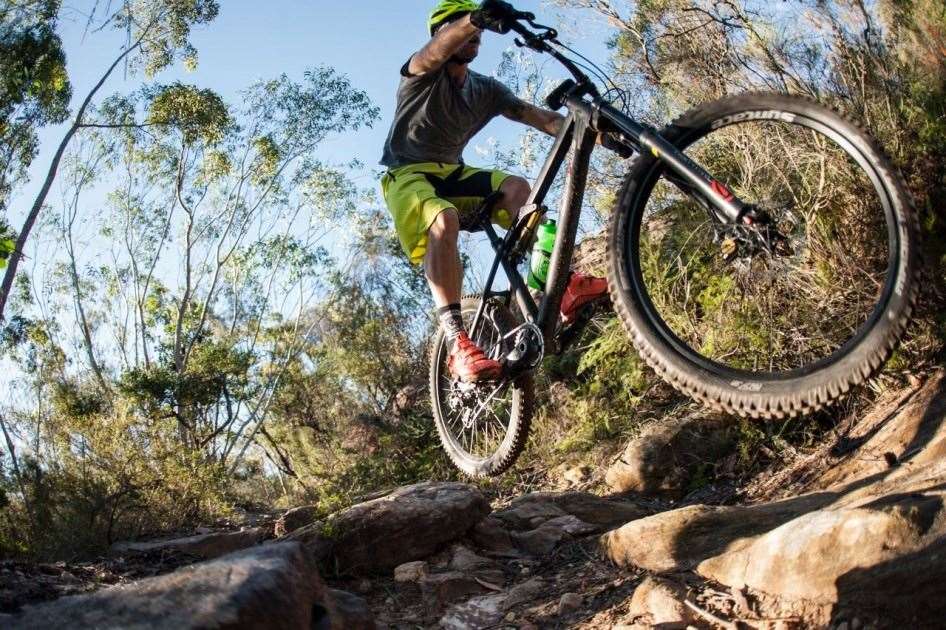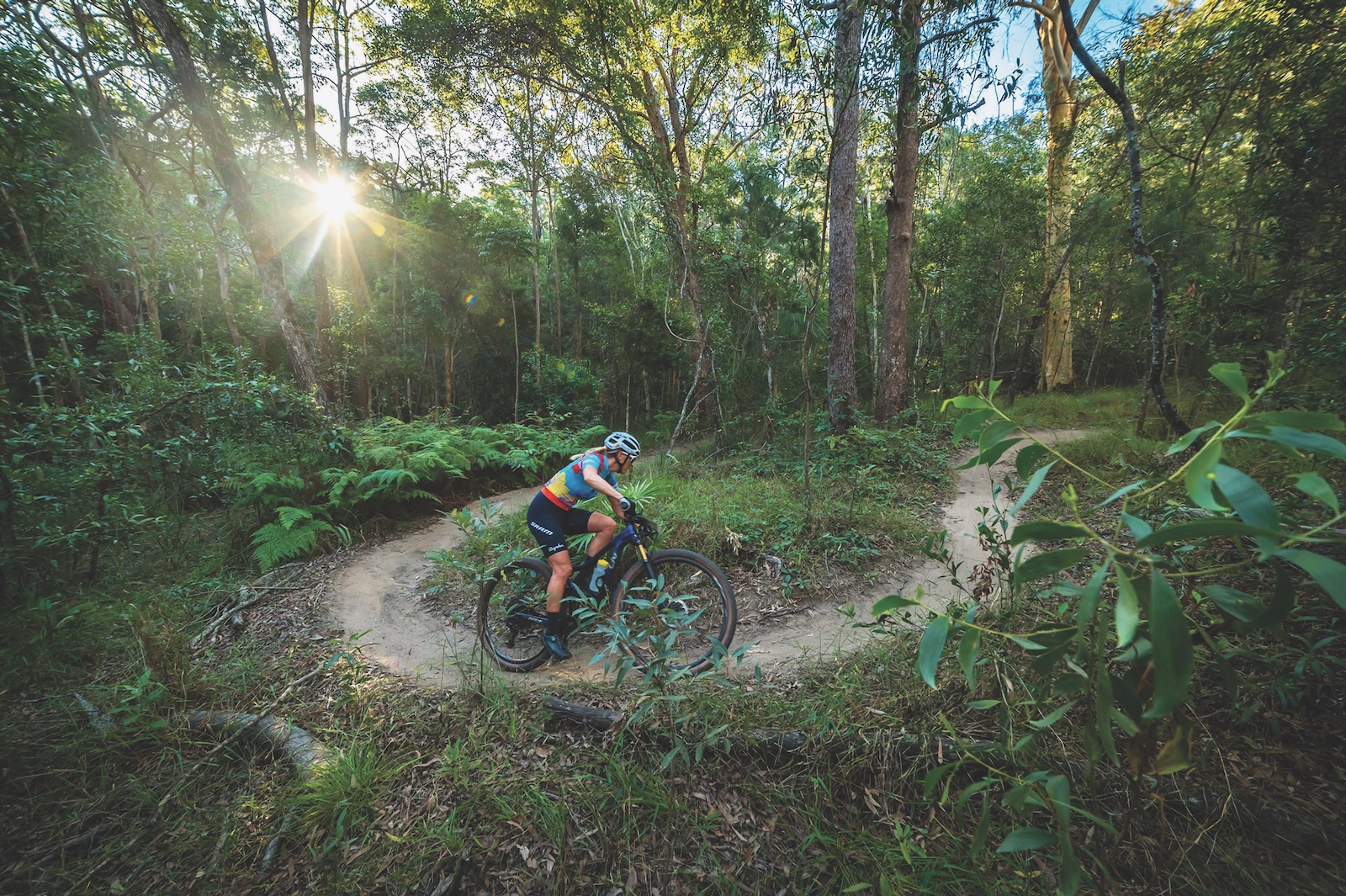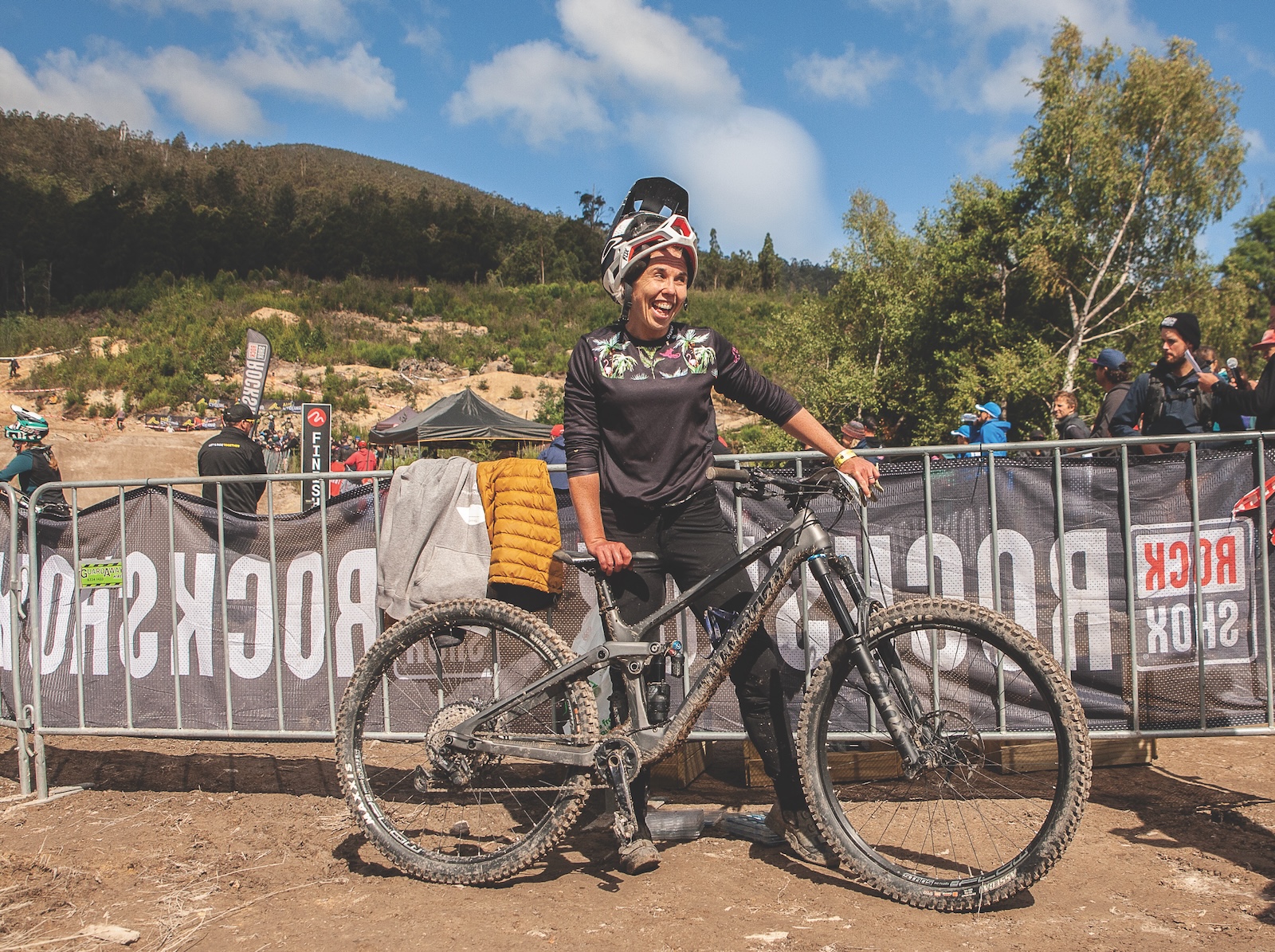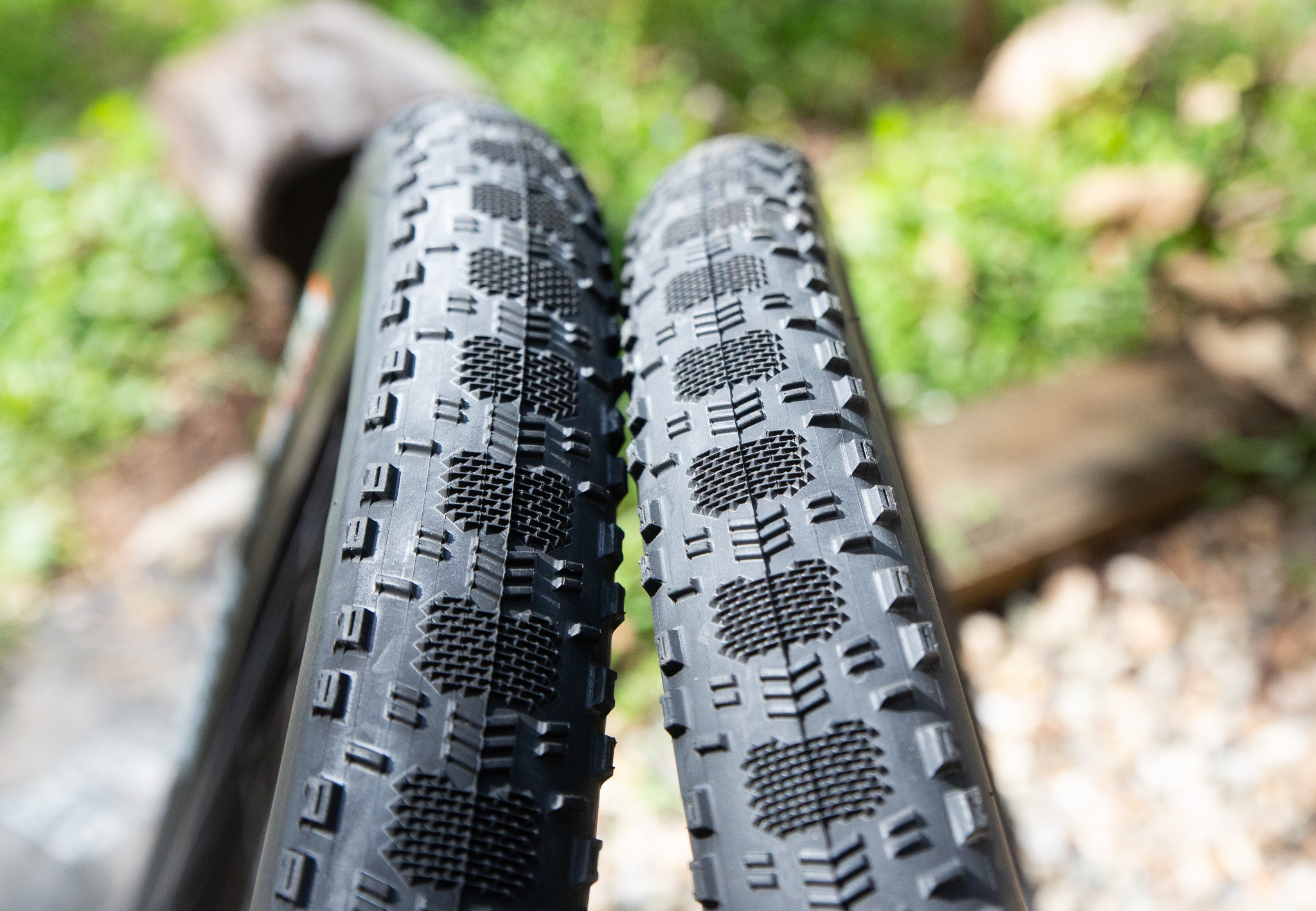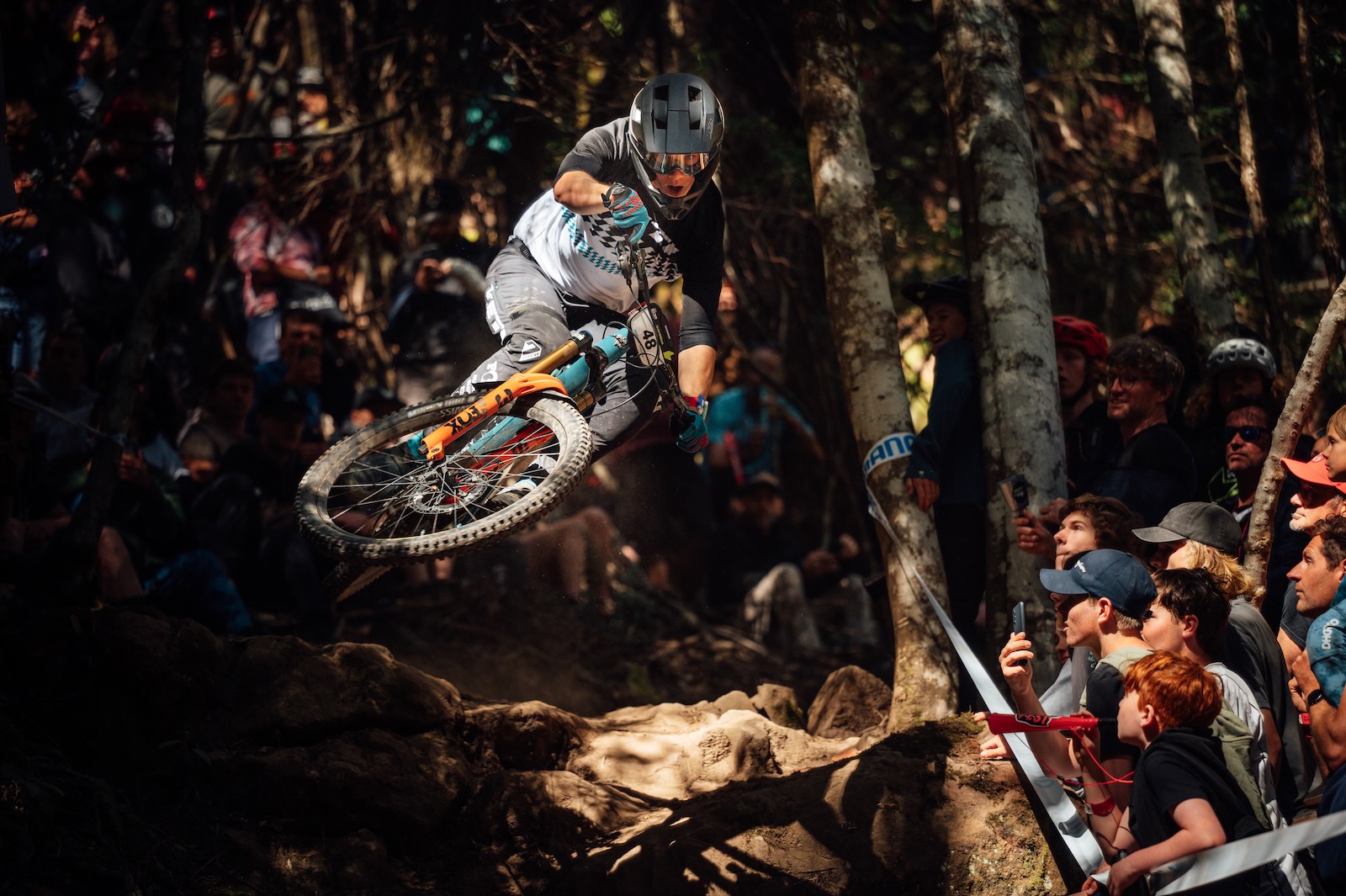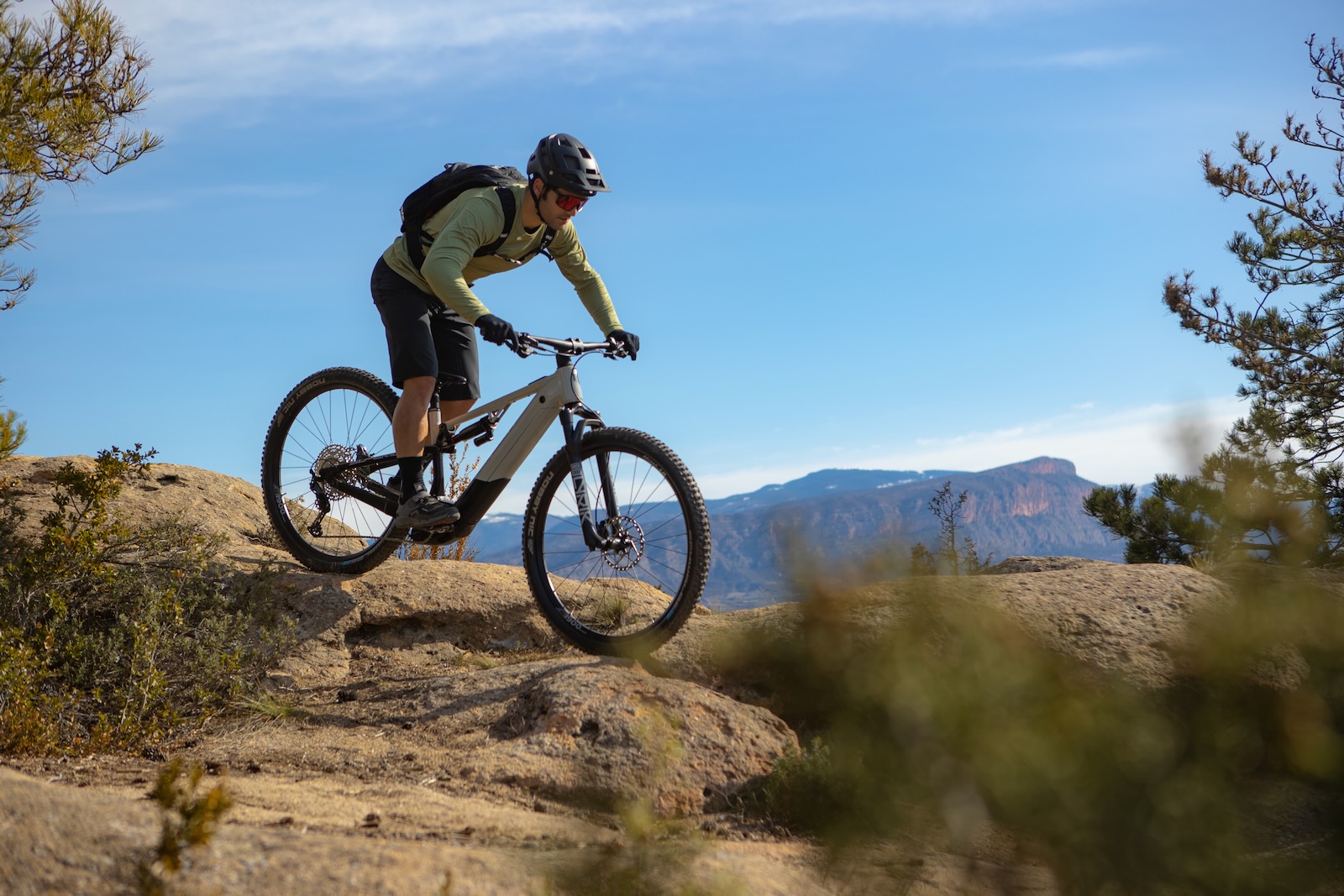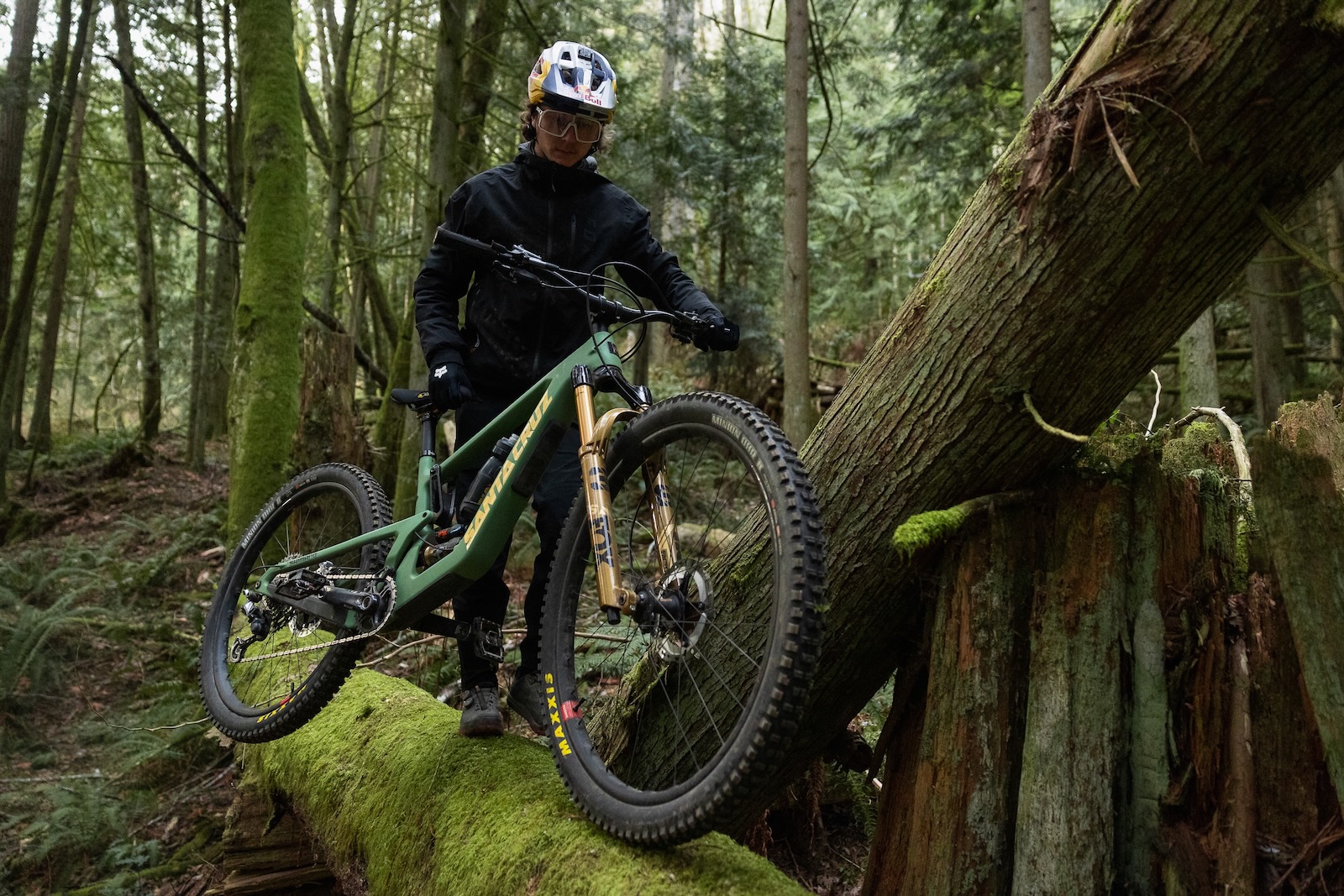TESTED: Liteville 301
The Liteville 301 is an all-mountain monstor, built for hard hits, climbing efficiency, and it's able to maintain the same ride quality through the size range.
Liteville has been producing bikes in Germany for 10 years now and produced one of the first true enduro bikes on the market. Their philosophy is to deliver lightweight and plush bikes that give the rider a hugely positive experience on their two wheeled adventures. Their suspension designs are a bit different to the styling of most bikes, but their system relies wholly on a 4 bar linkage that has been moved around to sit under the top tube. The other big philosophy of the brand is completely different sized bikes per size, not just a different front triangle but also a different sized rear end and tailored wheel sizes. This is something that stood out as I scratched my head looking at what seemed to be two different sized wheels (and they are). The 301 comes in two major builds: an XC style build as well as the pictured enduro build, offering 160mm of buttery smooth travel to the user.
Initial Impressions
The first thought that came to mind when I saw the bike was “industrial” this bike has very chunky looking tubing even when matched with the slimming matte black anodizing the overall look is very minimal and the anodizing will definitely tick a lot of boxes for many riders. The bike itself is very light, and heavily butted to save weight (much like the Orange bikes of yesteryear). The welds on the frame are all elegant and the small touches that have been added to the frame are very smart and oh-so German i.e. built in chain holder, needle bearings in the frame and the seat post clamp with built in water proof seal.
Liteville has made setting up the suspension super easy for the user, which saves a lot of guesswork and having to hop on and off the bike. They utilise a small lug that sits off the frame and when seated you line the frame lug to a red dot on the linkage to get the right amount of sag for your ride. Though some people may ask, “well I’ll only use this once, what’s the point?”, this is actually a very handy feature for all of us who use bags whilst riding. Packing more today? Well adjust your suspension accordingly or you will be bottoming out everywhere.
The bike looked super slack to me out of the box, the medium sized bike comes with a 27.5” front wheel and a 26” rear wheel. I have not been a huge fan of this idea, only from a mechanical perspective of having to have two types of tyres, more spokes, more rim tapes and different rims. It was a design feature that I was rather interested to see how it would perform on the trails but at the same time was quite skeptical.
The Liteville 301 had a great and light build kit attached to it, mainly from the tried and tested SRAM X01 components as well as a mixture of Syntace components for a mixture of aluminum and carbon. The bike came in at 12.00kg on my scales.
On The Trail
The fit for the Liteville 301 has been thought out to the nth degree, once I sat down and read the huge amount of information on the different sizes it was obvious that Liteville has bike fit in mind in a big way. It is great to see that the brand is taking a more personal approach to fit, rather then making bikes according to what is easier to get from the factory. The stem that was fitted to the bike was a great length to suit the front end and the front end itself was pre slammed (just the way I like it). The medium is suited to a 175cm rider and that is bang on my height so testing their sizing idea was the first thing on my mind.
The cockpit set up seemed pretty on point for myself. With the saddle pushed all the way back I was sitting in a great position on the bike. The usual suspects for ergonomics weren’t perfect for myself but this is hugely a personal thing. The saddle installed on the bike was beautifully made and the inclusion of carbon rails was something that surprised me on an enduro rig, the extra flex was appreciated on longer rides, however it was just a touch too wide for me. SQLab do size specific seats, so this is an easy change. The idea behind the Syntace grips of having a super thin grip that was still a lock on is obvious, though I found the grips too firm for my liking and the lock-on on either end was not great on the hands (I run my hands quite far towards the end of the bar). These are super personal problems however and as I said different for every rider.
The Formula forks were one of the highlights of this bike matching the Fox rear shock perfectly. Once set up to the right sag they felt perfectly in sync with the bike, producing a great balance in the suspension. The forks offer a few simple adjustments that I really like, a lock out and a compression adjustment. The forks are highly adjustable and ramp up can be adjusted simply by adding a small amount of oil to the air leg (something I did not do myself but would be interested for a longer term test). Having used Formula suspension for the first time I was hugely impressed and with what seems to be a great new Australian distributor I hope to see more of these on the trail.
The SRAM X01 did not skip a beat, after being a Shimano man for many years the SRAM 11 speed offerings have totally changed my mind. The Formula T1 brakes were a very capable brake, suited really well to the bike and the terrain intended to be ridden. The only problem I had was an ongoing squealling noise; even after changing the pads I just could not get it to go away. The group set though was solid and I think it matched the bike perfectly.
Syntace is a German company owned by Liteville hence why it’s seen on this bike. Syntace products are light and have a great level of quality, their carbon handlebars fitted to the bike were great, offering a small amount of flex which was loved on the trails, measuring in at 760mm these are a perfect width for the bike and I think a great width for any rider has they can tailor the width to their own choosing. The Syntace axles were really nice, with a removable Allen key to undo the wheels gave the bike a really clean look whilst still being able to take the wheels off trailside. The removable Allen key works on both the front and rear so one can be left on the bike.
While testing the bike I did however find that I needed to up the pressure a touch in the rear end, now this might be more that I prefer a stiffer/progressive rear end, but 10psi ended up being added to the shock to deliver a stiffer rear end. With the setting provided I found I was bottoming the rear end a little too much.
After dropping into one of the local trails I could feel just how soft the suspension feels under the rider, this makes for a bike that really can be dozed and ploughed through some very rough terrain. All the rock gardens and natural technical sections that I threw at it were just eaten up by the suspension with no sense at all of any harsh bottom out (after suspension was upped). The way that Liteville has utilised the Fox shock is quite smart and really allows the suspension to soak up the terrain.
The geometry is slack on the front end for a 160mm travel bike with a 66.5 degree head angle. The bike does have a little higher bottom bracket than a lot of bikes on the market, so in more bermed and poppy corners I felt I just couldn’t rail the bike as much as I would like. This is not a huge issue, if long backcountry rides are your thing. This bike has come from the Alps, which aren’t known for groomed berms. If you are looking at a more park style bike this may not be the best option for you.
Though the bike descended so well I was hesitant to see how it was going to go at pedalling back up the hill, was it going to be a grunt fest? Much to my surprise when seated the bike does climb very well for a 160mm travel rig, as you can see the linkage under yourself you notice that it sits at one point in the travel and doesn’t move much. This is great for those long climbs that aren’t too steep. The only downfall to climbing this bike for me was on a pinch when you were out of the saddle. I found that once out of the seat the bike would hop around and although it would not lose traction it was apparent that a lot of leg energy was getting sapped.
Though I was not sold on the two different wheel sizes, Liteville’s literature on the idea does support it. The idea from Liteville is by having a larger front wheel you can roll over obstacles better, whilst maintaining the movement and acceleration of a smaller rear wheel. The idea has been done before by a few big names in bikes like Trek (Gary Fisher 69er). I can see the idea behind what Liteville was going for, but with a bike that already has a short rear end I don’t feel that a smaller rear wheel was really needed on this bike. The back of the bike was super short with the 26” wheel but I found it a touch too short making it easy to get the rear end too loose. Taking spares for the bike also became troublesome, ideally with a saddlebag you would have to take a 26inch tube and stretch it for the front, less than ideal but it would work.
Our Take
The Liteville is a very well thought out and refined machine, perfectly suited for long backcountry riding of places like the Snowy Mountains or New Zealand. The bike is more than capable to take to most terrain that is thrown at it (especially if it involves going downhill). Utilising an excellent level of parts it made it a very fun and lively bike to use for the better part of the day on my local trails. This bike has a solid build kit with modern angles and a low weight, but EightyOne Spices offer other builds for different budgets. The 301 should suit both enduro racers and those who are into epic backcountry rides in serious mountains.

